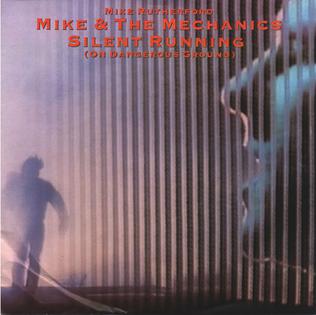 | The Captain of Her HeartDouble |
Writer(s): Kurt Maloo, Felix Haug (see lyrics here) Released: November 15, 1985 Peak: 16 US, 20 CB, 18 RR, 4 AC, 8 UK, 17 CN, 64 AU, 1 DF (Click for codes to singles charts.) Sales (in millions): -- Airplay/Streaming (in millions): -- radio, 28.9 video, 20.19 streaming |
Awards:Click on award for more details. |
About the Song:Singer and guitarist Kurt Maloo formed the pop-rock duo Double (pronounced doo-BLAY) with keyboardist and drummer Felix Haug in Zurich, Switzerland, in 1983. They only released two albums, 1985’s Blue and 1987’s Dou3le. The former gave them their only real chart success with the single “The Captain of Her Heart,” which went top-10 in the UK and several other European countries. The song hit #16 in the United States, making Double the first Swiss act to crack the top 40 of the Billboard Hot 100. It was their only chart entry in America. Stewart Mason of All Music Guide called it “one of the great lost one-hit wonders of the mid-1980s,” AMG citing the song for its “casual sophistication and melodic grace.” AMG The song came about when Haug recorded a demo on his synthesizer. He said he got the notes from a blackbird singing outside his window. SF Maloo wrote lyrics to it in the studio “about a woman who’s tired of waiting for the man she loves to return.” SF He said, “They were just there out of the blue. It was almost spooky. I never thought the lyrics would touch so many hearts around the world and I’m still overwhelmed from the positive feedback I get.” WK Mason said, “Maloo’s detached, diffident vocals…manage to out cool Bryan Ferry at his own game” AMG while the “waterpiano riff that drives the song…[sounds] like a cross between Floyd Cramer and early Elton John.” AMG It is also features “one of the best alto sax solos this side of Gerry Rafferty’s ‘Baker Street.’” AMG Resources:
First posted 10/8/2022. |








